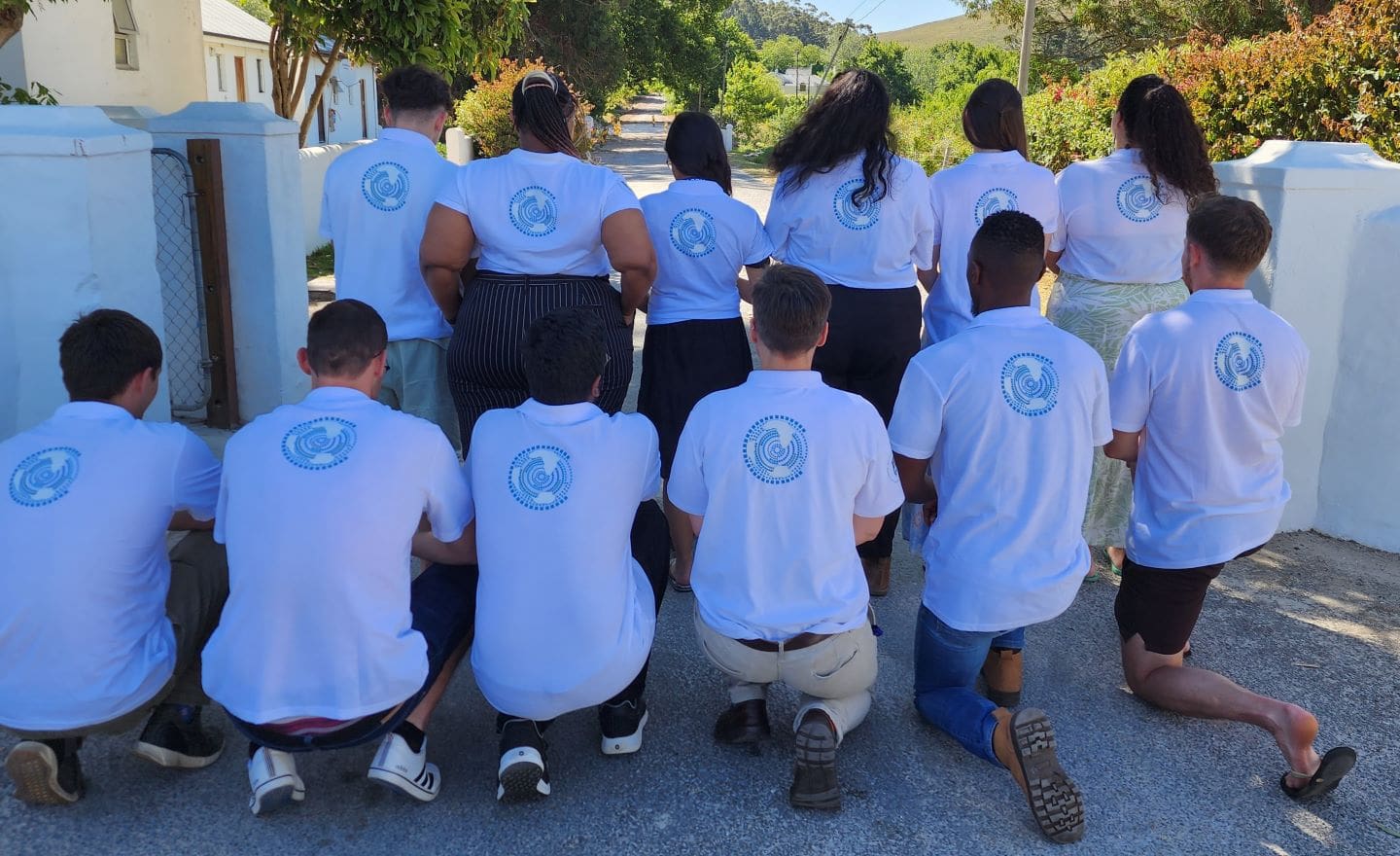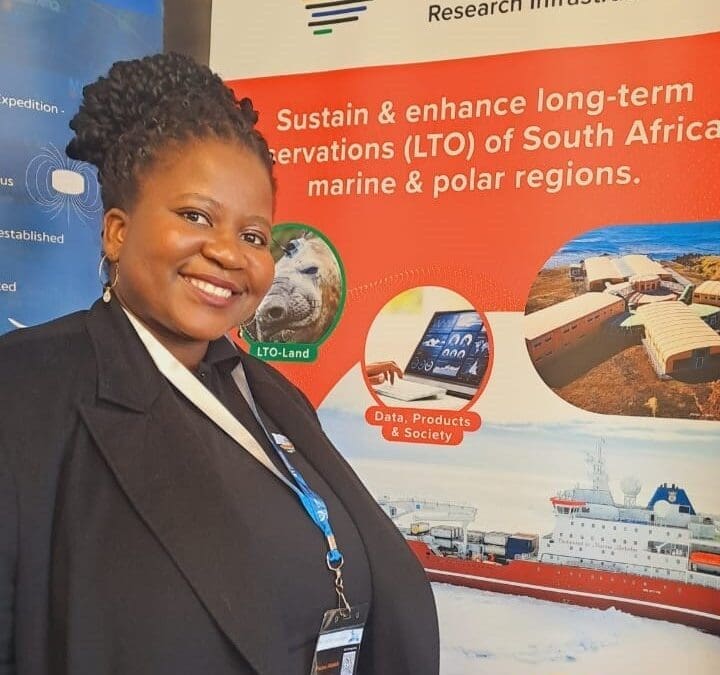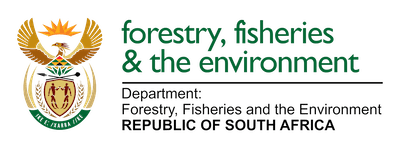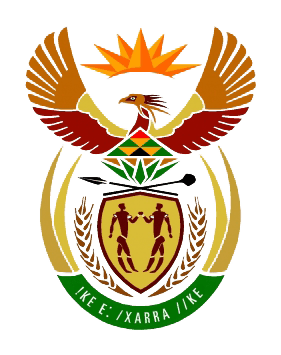
by Ria Olivier | Jun 20, 2025 | Humanities, Legacy, Oceanography, Research, SA Agulhas II, SANAP, SEAmester, Southern Ocean
 South Africa’s pioneering floating university, SEAmester – Class Afloat, is preparing for its eighth voyage aboard the S.A. Agulhas II, setting sail from Cape Town on 17 June 2025 and returning on 27 June 2025. This unique and dynamic marine science programme continues to connect theoretical classroom learning with applied research, all within the working environment of a world-class research vessel.
South Africa’s pioneering floating university, SEAmester – Class Afloat, is preparing for its eighth voyage aboard the S.A. Agulhas II, setting sail from Cape Town on 17 June 2025 and returning on 27 June 2025. This unique and dynamic marine science programme continues to connect theoretical classroom learning with applied research, all within the working environment of a world-class research vessel.

 The voyage is led by Principal Investigator Prof Isabelle Ansorge (left) from the University of Cape Town, whose leadership has been instrumental in shaping SEAmester into one of the most impactful marine science initiatives in South Africa. The logistical and academic coordination of the voyage is managed by Tahlia Henry, whose dedication ensures a seamless blend of teaching, research, and exploration at sea.
The voyage is led by Principal Investigator Prof Isabelle Ansorge (left) from the University of Cape Town, whose leadership has been instrumental in shaping SEAmester into one of the most impactful marine science initiatives in South Africa. The logistical and academic coordination of the voyage is managed by Tahlia Henry, whose dedication ensures a seamless blend of teaching, research, and exploration at sea.
This year’s expedition will host an impressive cohort of 47 students, 28 lecturers, and 23 scientists, creating a vibrant and multidisciplinary learning environment. Participants will engage in intensive lectures, practical ship-based experiments, and collaborative research projects across physical oceanography, marine biology, climate science, and data analysis.
Onboard the S.A. Agulhas II, students gain unparalleled exposure to real-time scientific operations—from deploying oceanographic instruments to analysing marine samples—while interacting closely with leading researchers and industry professionals. SEAmester continues to foster the next generation of marine and climate scientists, equipping them with the knowledge, skills, and networks to contribute to South Africa’s blue economy and global ocean science.
SEAmester VIII journey—where science meets the sea, and the classroom knows no bounds.

by Ria Olivier | Jun 8, 2025 | International Days, Oceanography, Uncategorised
One Ocean, One Climate, One Future – Together
 On 8 June 2025, the SANAP community celebrates World Oceans Day under the powerful theme: One Ocean, One Climate, One Future – Together. At the heart of this theme lies a call to protect our blue planet through collective research, and deepened understanding of the critical role our oceans play in shaping the Earth’s climate and supporting life.
On 8 June 2025, the SANAP community celebrates World Oceans Day under the powerful theme: One Ocean, One Climate, One Future – Together. At the heart of this theme lies a call to protect our blue planet through collective research, and deepened understanding of the critical role our oceans play in shaping the Earth’s climate and supporting life.
 For the South African National Antarctic Programme (SANAP), this is more than a celebration—it’s a reaffirmation of our mission – Understand, Develop and Conserve. Our Southern Ocean research efforts are driven by the urgent need to understand the links between ocean health, climate change, and the wellbeing of future generations. South Africa, as a gateway to Antarctica and the Southern Ocean, plays a key scientific and logistical role in advancing global knowledge of polar and marine systems.
For the South African National Antarctic Programme (SANAP), this is more than a celebration—it’s a reaffirmation of our mission – Understand, Develop and Conserve. Our Southern Ocean research efforts are driven by the urgent need to understand the links between ocean health, climate change, and the wellbeing of future generations. South Africa, as a gateway to Antarctica and the Southern Ocean, plays a key scientific and logistical role in advancing global knowledge of polar and marine systems.
 Sometimes called the lungs of the planet, the Southern Ocean absorbs vast amounts of carbon dioxide and heat, making it one of the most crucial regulators of Earth’s climate. It drives ocean circulation, supports unique ecosystems, and connects all major ocean basins. However, it is also one of the fastest-changing regions due to climate change—warming waters, shifting ice dynamics, and altered ecosystems pose challenges that demand urgent scientific attention.
Sometimes called the lungs of the planet, the Southern Ocean absorbs vast amounts of carbon dioxide and heat, making it one of the most crucial regulators of Earth’s climate. It drives ocean circulation, supports unique ecosystems, and connects all major ocean basins. However, it is also one of the fastest-changing regions due to climate change—warming waters, shifting ice dynamics, and altered ecosystems pose challenges that demand urgent scientific attention.
 SANAP’s Research Footprint
SANAP’s Research Footprint
 Through SANAP, South African researchers from various institutions are contributing world-class science to understand and protect the Southern Ocean:
Through SANAP, South African researchers from various institutions are contributing world-class science to understand and protect the Southern Ocean:
- The University of Cape Town (UCT) leads long-term monitoring programs on carbon fluxes, ocean-atmosphere interactions, and ecosystem responses to warming. MARiS includes the Antarctic MIZ Observations: Interdisciplinary approaches to resolve seasonal sea-ice variability. The SEAmester floating classroom initiative also trains young scientists at sea, combining education with real-time research.
- Stellenbosch University contributes cutting-edge work in marine microbiology and ocean biogeochemistry, studying the role of microscopic life in global carbon cycling and nutrient dynamics.
- Nelson Mandela University focuses on marine top predators, such as seals and penguins, to track ecosystem health and food web shifts in response to
- South African Weather Service project includes the decoding the mercury cycle in the Southern Ocean: in situ observations and advanced modelling
- CSIR – Smart Places – SOCCO has two projects focusing on the Southern Ocean Carbon-Heat Nexus: mixed-layer processes & feedback for improved climate projections and emergent constraints on Southern Ocean phytoplankton physiology (ECOSOPHY)

by Fishgate@sanap | Apr 1, 2025 | Announcement, Meteorology, News, Oceanography, SANAP
ICSHMO 2025 – International Conference on Southern Hemisphere Meteorology and Oceanography (ICSHMO) 2025 – Participation from the SANAP research community. Below a few presentations by researchers as well as session chairs etc. Visit the ICSHMO website for the full and final program.
 Wayne de Jager – Increased Rotational Coupling Between Antarctic Sea Ice and the Atmosphere Over the Last 30 Years
Wayne de Jager – Increased Rotational Coupling Between Antarctic Sea Ice and the Atmosphere Over the Last 30 Years- Sebastiaan Swart – The oceans imprint on air sea fluxes: Drivers of turbulent heat flux over the Agulhas Current
- Tarron Lamont – Monitoring Western Boundary Current System variability with satellite altimetry
- Riesna R. Audh – Rafting of Growing Antarctic Sea Ice Enhances In-Ice Biogeochemical Activity in Winter
- Robyn Verrinder – Antarctic MIZ observation platforms: Interdisciplinary approaches to resolve seasonal sea ice variability
- Tamaryn Morris – 1. Sustained ocean observations for the Agulhas Current: Realizing the Benefits of Ocean Knowledge through Co-Design. 2. Capturing a cyclonic eddy, and cross-shelf dynamics, in the Agulhas Bight during an early retroflection of the Agulhas Current.
- Magata Mangatane – Intercomparison of Antarctic sea-ice thickness estimates from satellite altimetry and assessment over the 2019 data-rich year.
- Sharon Nicholson – The seasonal cycle in Southern Hemisphere Africa
- Rutger Marquart – Coupled dynamics and thermodynamics modelling of heterogeneous sea ice and ocean waves
- Janine Schoombie – Mapping within-island-scale wind variation on Marion Island
- Christopher Reason – Multiyear La Niña events, the Mozambique Channel, and rainfall over eastern Africa
- Thulwaneng Mashifane – Trait–Based Adjustments: Key to Improving Bloom Seasonal Cycle in the Subantarctic Zone
- Sandy Thomalla – VeGAS-pCO2: Versatile glider, atmospheric and ship high precision pCO2 gas flux analyser
- Amber Sneddon – Atmospheric River climatology for the South Atlantic Basin based on modern image-processing-based tracking.
- Marcel Du Plessis – Storms regulate Southern Ocean summer warming
- Sandy Thomalla -Southern Ocean Observing System for sustained and coordinated observations in a changing world
- Thomas Ryan-Keogh – How can we effectively manage the impact of climate change on Antarctic ecosystems?
- Sandy Thomalla – Climate-driven change to phytoplankton blooms across the global ocean
- Nicolette Chang – Investigating Heat and Carbon Exchange in the Southern Ocean: Insights from a Mesoscale-Resolving
- Sarah Du Preez – Environmental influence on zooplankton variability around sub-Antarctic Prince Edward Islands
- Sarah-Anne Nicholson – The impact of storms on CO2 and heat exchange across the Southern Ocean
- Thato Mtshali – Wintertime distribution and mixed layer dissolved iron budget in the south Atlantic sector of the Southern Ocean
- Miranda Sitofile – The seasonal iron supply in the Southern Ocean
- Chris Reason – Interannual and intraseasonal variability in the Southern Hemisphere
Session chairs, speakers and MC
- Plenary Session – MC: Warren Joubert
- Invited Speaker: Issufo Halo
- Session: Southern Hemisphere Boundary Currents. Chair: Tamaryn Morris
- Session: Polar. Chair: Wayne de Jager. Co-Chair: Magata Mangatane
- Session: Emerging Technologies in Ocean Observing. Chair: Dr Tamaryn Morris
- Session: Southern Ocean BGC. Chair: Thato Mtshali. Co-Chair: Sarah-Anne Nicholson
- Session: Southern Ocean – BGC. Chair: Sandy Thomalla. Co-Chair: Thato Mtshali

by Ria Olivier | Feb 27, 2024 | Oceanography, Research, SANAP, SANAP Student, South Atlantic, Southern Ocean, Uncategorised


 The second session within the Marine and Antarctic Research Strategy research theme : Oceans and marine ecosystems under global change was chaired by Sandy Thomalla and Sarah Nicholson from Southern Ocean Carbon- Climate Observatory (SOCCO). The session title, “The Southern Ocean’s sensitivity to a changing climate: insights from a seasonal cycle approach” were presented through oral presentations and e-posters from SOCCO. (Left Sandy Thomalla, Right Sarah Nicholson, above SOCCO group photo)
The second session within the Marine and Antarctic Research Strategy research theme : Oceans and marine ecosystems under global change was chaired by Sandy Thomalla and Sarah Nicholson from Southern Ocean Carbon- Climate Observatory (SOCCO). The session title, “The Southern Ocean’s sensitivity to a changing climate: insights from a seasonal cycle approach” were presented through oral presentations and e-posters from SOCCO. (Left Sandy Thomalla, Right Sarah Nicholson, above SOCCO group photo)
 Above (l-r): Tesha Toolsee, Tommy Ryan-Keogh, Thapelo Ramalepe, Thato Mtshali.
Above (l-r): Tesha Toolsee, Tommy Ryan-Keogh, Thapelo Ramalepe, Thato Mtshali.
- Sarah Nicholson: The impact of storms on CO2 and heat exchange across the Southern Ocean.
- Tesha Toolsee: The complex role of storms in modulating intra-seasonal air-sea CO2 fluxes in the sub-Antarctic Southern Ocean.
- Sandy Thomalla: Trends in Southern Ocean Phytoplankton bloom phenology.
- Sifiso Mpapane: Understanding photo acclimation effects on Chl:C ratio in the Southern Ocean: modelling considerations and insights into seasonal assemblage composition. (E-poster)
- Tommy Ryan-Keogh: Multi-decadal trend of increasing iron stress in the Southern Ocean phytoplankton.
- Thapelo Ramalepe: Exploring the seasonal processes governing manganese supply in the Southern Ocean.
- Thato Mtshali: Winter-time distributions and dissolved iron mixed layer budget in the south Atlantic sector of the Southern Ocean.
- Miranda Sitofile: Investigating seasonal variability of dissolved iron in the South Atlantic sector of the Southern Ocean: Insights from the winter and spring SCALE 2019 cruises. (e-poster)
- Lillina Ruiters: Variability of phytoplankton photo physiology in the Southern Ocean: an analysis of assumptions and uncertainties. (e-poster)
 Above(l-r): Sifiso Mpapane, Miranda Sitofile, Lillina Ruiters
Above(l-r): Sifiso Mpapane, Miranda Sitofile, Lillina Ruiters

by Ria Olivier | Feb 19, 2024 | Oceanography, Research, SANAP, SANAP Student, Science, Southern Ocean, Uncategorised
 MARIS started the first session on Southern Ocean research within SANAP with focus on SEA ICE. Above: Rutger Marquart, Magata Mangatane, Dylan White, Anand Nair, Wayne de Jager, Leila Nefdt, Safiyyah Moos, Tokoloho Rampai, Marcello Vichi, Robyn Verrinder, Hayley Swait, Riesna Audh, James van Niekerk. (Photo Credit: MARIS)
MARIS started the first session on Southern Ocean research within SANAP with focus on SEA ICE. Above: Rutger Marquart, Magata Mangatane, Dylan White, Anand Nair, Wayne de Jager, Leila Nefdt, Safiyyah Moos, Tokoloho Rampai, Marcello Vichi, Robyn Verrinder, Hayley Swait, Riesna Audh, James van Niekerk. (Photo Credit: MARIS)


The first ocean session covered the Antarctic sea ice research field led by the Sea Ice Team from the Marine and Antarctic Research for Innovation and Sustainability (MARiS). The research themes covered in this session were innovation and development, oceans and marine eco-systems under global change and earth systems observations. The presentations and posters under these research theme covered a diverse range of projects from large-scale sea ice observations, tracking and measurements to the small-scale sea ice dynamics, properties and biogeochemistry. Antarctic sea ice research has received a comparatively limited focus compared to its Arctic counterpart. The MARiS sea ice team is constituted of the departments of Oceanography, Electrical and Chemical Engineering at the University of Cape Town, with projects aimed to contribute new insights and push the boundaries within this research domain. The presentation within this session were on a variety of earth system observations models, simulations of sea ice wave interactions, innovative tool development for lab-based experiments and field-based work investigating sea ice dynamics and properties and the ecological impacts of algae and their biogeochemical significance. The session under the MARS theme; Oceans and marine ecosystems under global change was chaired by Principal investigator Tokoloho Rampai and it included an overview of Maris by Robyn Verrinder. The session was done in round table fashion and included posters and oral presentations. Tokoloho concluded the session with a closing statement
 Oral presentations:
Oral presentations:
- Robyn Verrinder – Overview of MARIS.
- Rutger Marquart – Numerical modelling of sea ice dynamics and thermodynamics in the Antarctic marginal ice zone. (abstract)
- Anand Nair – Three-Dimensional Computational Fluid Dynamics Modelling of Pancake Ice on Waves. (abstract)
- Safiyyah Moos – Investigating the dynamics and exchanges across the ice-ocean interface in artificial sea ice. (abstract)
- Hayley Swait – Investigating Brine and Air Porosity in Sea Ice from the Eastern Antarctic Marginal Ice Zone. (abstract)
 Poster Presentations were displayed in the venue during the symposium and presenters gave a quick introduction to their posters during the round-table session.
Poster Presentations were displayed in the venue during the symposium and presenters gave a quick introduction to their posters during the round-table session.
- Wayne De Jager – Sub-daily Antarctic sea-ice variability estimates using swath-based retrieval methods. (abstract)
- Dylan White – Discussion on the Premise of, and Challenges in, the Development of a Ship-Based Radar System for the in-situ Measurement of Sea Ice Thickness. (abstract)
- Magata Mangatane – Antarctic sea-ice thickness reconstruction. (abstract)
- Marcello Vichi – Wind- and wave-driven free-drift dynamics in Antarctic Sea ice.(abstract)
- Tokoloho Rampai – Sea ice growth dynamics and their influence on the physical, structural and mechanical properties-A discussion on innovation in in situ testing. (abstract)
- James van Niekerk – Investigation of the Interactions Between Sea Ice Algae from the Marginal Ice Zone of Antarctica and Artificial Sea Ice. (abstract)
- Riesna Audh – Winter biogeochemical activity is enhanced by rafting in growing Antarctic Sea ice. (abstract)


After the session the group took pictures (Credit: Leila Nefdt)

by Ria Olivier | Nov 30, 2023 | Announcement, Legacy, Obituary, Oceanography, Research, SA Polar Research Infrastructure, SAPolarRI, SAPRI, SEAmester, Southern Ocean, Women in Science
It is with great sadness that we announce the untimely passing of Dr Precious Thembumuzi Mahlalela.
Dr Mahlalela, Research Coordinator of the South African Polar Research Infrastructure (SAPRI) LTO-Ocean Integrated Facility, passed away on 28 November 2023 after a short battle with cancer.

Dr Mahlalela joined NRF-SAEON (host of SAPRI) in May 2023 at the same time as successfully finishing off the corrections for her PhD in Ocean and Atmospheric Sciences thesis, entitled Variability and Trends in Rainy Season Characteristics of the Eastern Cape. She was due to graduate in December.
Upon joining the SAPRI team, she threw herself straight into the adventure, assisting with SEAmester and providing great support at sea. As soon as she was back on dry land she flew to China to learn about moorings. Although this was her first international trip, she approached it like the other challenges she has faced, with a calm and humble attitude, open to learning and new experiences. Upon her return, she insisted on accompanying the SEAON team on a science engagement roadshow in the Western Cape to inspire young minds. She continued to work with the same positive energy and gentle sense of humour that endeared her to everyone.
“In the short time she was with us at SAPRI she became part of our family. Taken from us far too soon, her light will continue to shine through the friendships she made, the individuals she worked with, and the souls she ignited with inspiration. Fair winds and following seas, shipmate. We have the watch now” Prof Juliet Hermes – SAPRI and SAEON Egagasini Manager.
Dear Precious
Your warmth and gentle spirit shone so brightly that any room you walked into lit up with a soft glow. You were an angel on this earth who combined both a bubbly and calming presence and we will miss you more than any words can convey. We were so honoured to have worked with you.
Go gently dearest Precious. With love, from the SAPRI team.

The SAPRI team and SAEON Egagasini team will miss you dearly.

Our deepest condolences to Precious’s family, friends and everyone who had the privilege of meeting her.
Obituary of Precious Mahlalela by Juliet Hermes, Tammy Morris, Anne Treasure, Errol Julies, Anche Louw, Abu Nguna, Rabia Mathakutha and Riesna R. Audh, 30 November 2023.

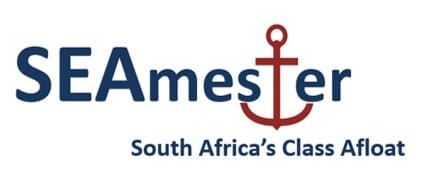 South Africa’s pioneering floating university, SEAmester – Class Afloat, is preparing for its eighth voyage aboard the S.A. Agulhas II, setting sail from Cape Town on 17 June 2025 and returning on 27 June 2025. This unique and dynamic marine science programme continues to connect theoretical classroom learning with applied research, all within the working environment of a world-class research vessel.
South Africa’s pioneering floating university, SEAmester – Class Afloat, is preparing for its eighth voyage aboard the S.A. Agulhas II, setting sail from Cape Town on 17 June 2025 and returning on 27 June 2025. This unique and dynamic marine science programme continues to connect theoretical classroom learning with applied research, all within the working environment of a world-class research vessel.
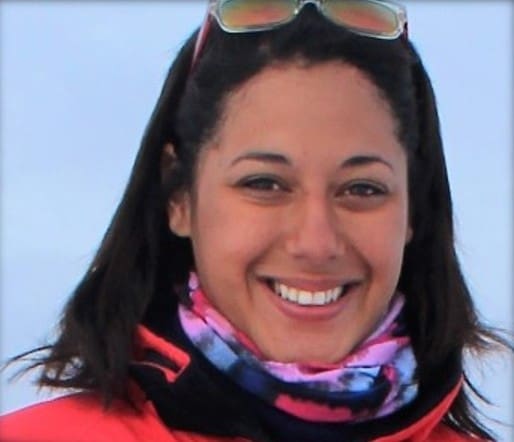 The voyage is led by Principal Investigator Prof Isabelle Ansorge (left) from the University of Cape Town, whose leadership has been instrumental in shaping SEAmester into one of the most impactful marine science initiatives in South Africa. The logistical and academic coordination of the voyage is managed by Tahlia Henry, whose dedication ensures a seamless blend of teaching, research, and exploration at sea.
The voyage is led by Principal Investigator Prof Isabelle Ansorge (left) from the University of Cape Town, whose leadership has been instrumental in shaping SEAmester into one of the most impactful marine science initiatives in South Africa. The logistical and academic coordination of the voyage is managed by Tahlia Henry, whose dedication ensures a seamless blend of teaching, research, and exploration at sea.
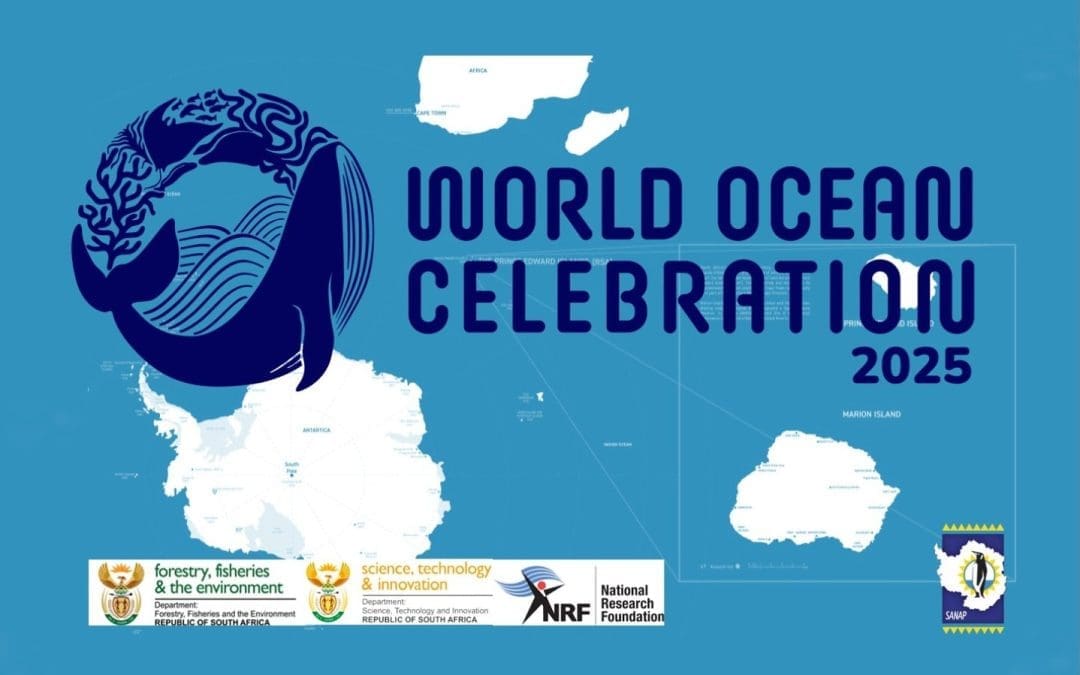
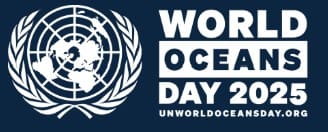 On 8 June 2025, the SANAP community celebrates World Oceans Day under the powerful theme: One Ocean, One Climate, One Future – Together. At the heart of this theme lies a call to protect our blue planet through collective research, and deepened understanding of the critical role our oceans play in shaping the Earth’s climate and supporting life.
On 8 June 2025, the SANAP community celebrates World Oceans Day under the powerful theme: One Ocean, One Climate, One Future – Together. At the heart of this theme lies a call to protect our blue planet through collective research, and deepened understanding of the critical role our oceans play in shaping the Earth’s climate and supporting life.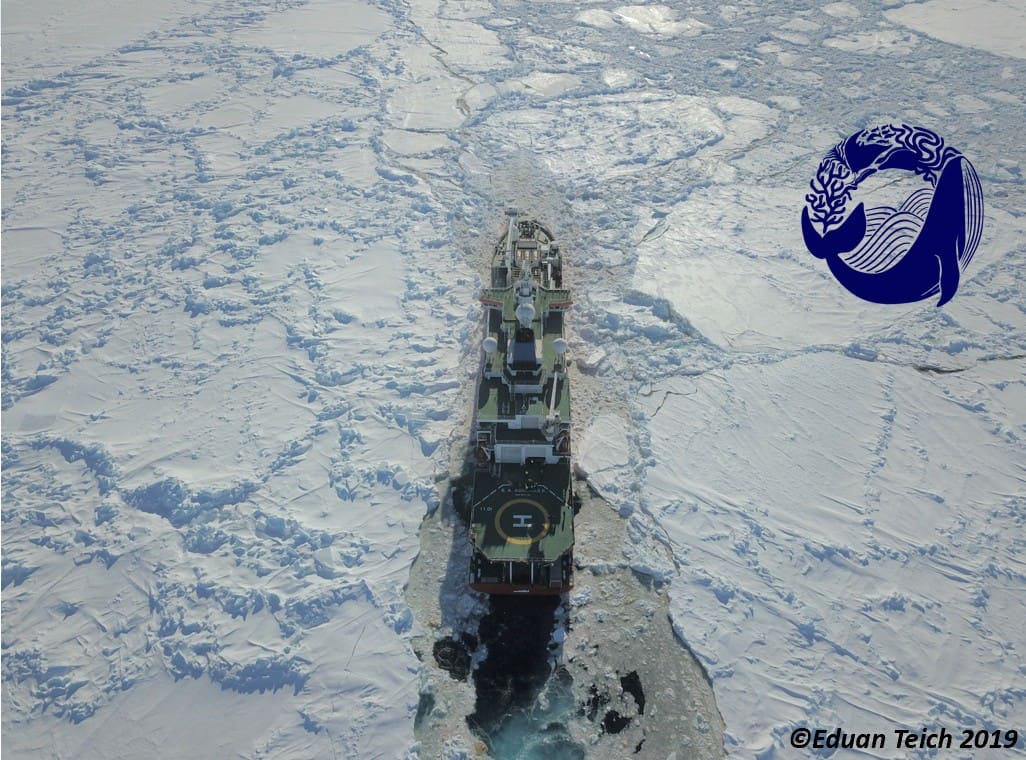 For the South African National Antarctic Programme (SANAP), this is more than a celebration—it’s a reaffirmation of our mission – Understand, Develop and Conserve. Our Southern Ocean research efforts are driven by the urgent need to understand the links between ocean health, climate change, and the wellbeing of future generations. South Africa, as a gateway to Antarctica and the Southern Ocean, plays a key scientific and logistical role in advancing global knowledge of polar and marine systems.
For the South African National Antarctic Programme (SANAP), this is more than a celebration—it’s a reaffirmation of our mission – Understand, Develop and Conserve. Our Southern Ocean research efforts are driven by the urgent need to understand the links between ocean health, climate change, and the wellbeing of future generations. South Africa, as a gateway to Antarctica and the Southern Ocean, plays a key scientific and logistical role in advancing global knowledge of polar and marine systems.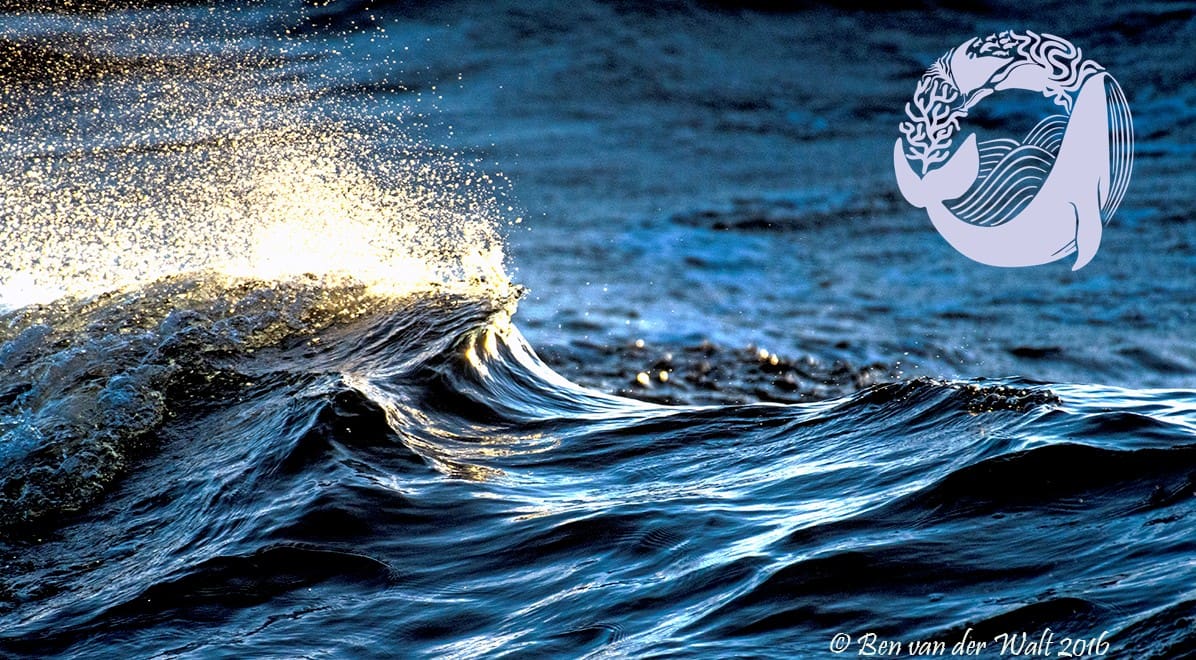 Sometimes called the lungs of the planet, the Southern Ocean absorbs vast amounts of carbon dioxide and heat, making it one of the most crucial regulators of Earth’s climate. It drives ocean circulation, supports unique ecosystems, and connects all major ocean basins. However, it is also one of the fastest-changing regions due to climate change—warming waters, shifting ice dynamics, and altered ecosystems pose challenges that demand urgent scientific attention.
Sometimes called the lungs of the planet, the Southern Ocean absorbs vast amounts of carbon dioxide and heat, making it one of the most crucial regulators of Earth’s climate. It drives ocean circulation, supports unique ecosystems, and connects all major ocean basins. However, it is also one of the fastest-changing regions due to climate change—warming waters, shifting ice dynamics, and altered ecosystems pose challenges that demand urgent scientific attention.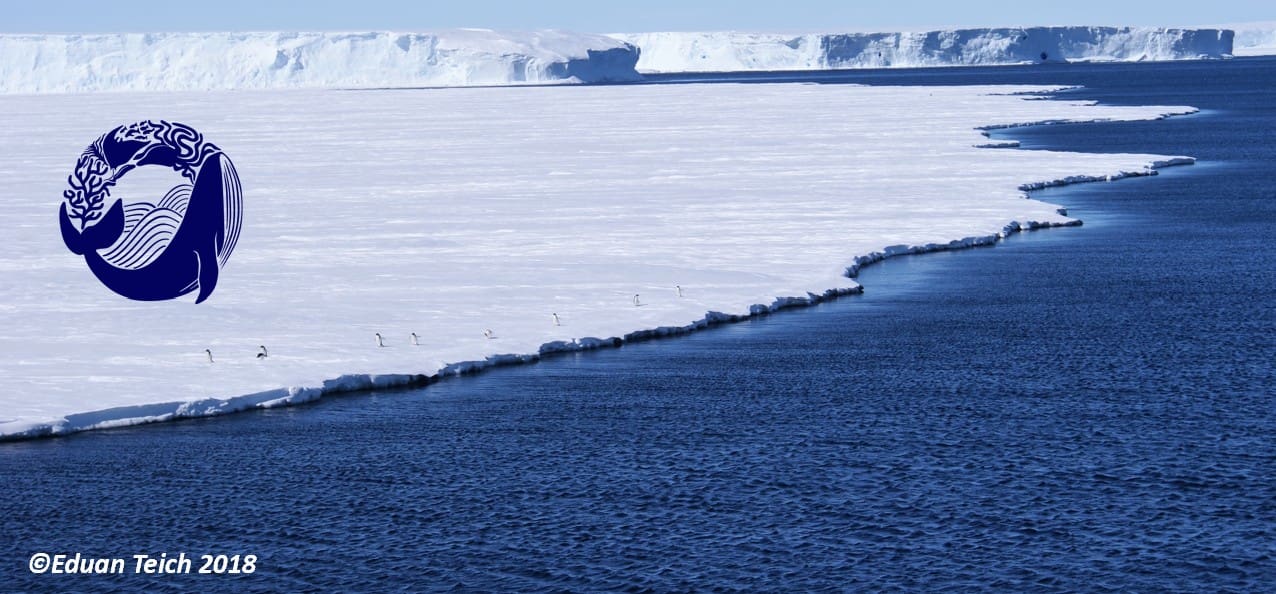 SANAP’s Research Footprint
SANAP’s Research Footprint Through SANAP, South African researchers from various institutions are contributing world-class science to understand and protect the Southern Ocean:
Through SANAP, South African researchers from various institutions are contributing world-class science to understand and protect the Southern Ocean: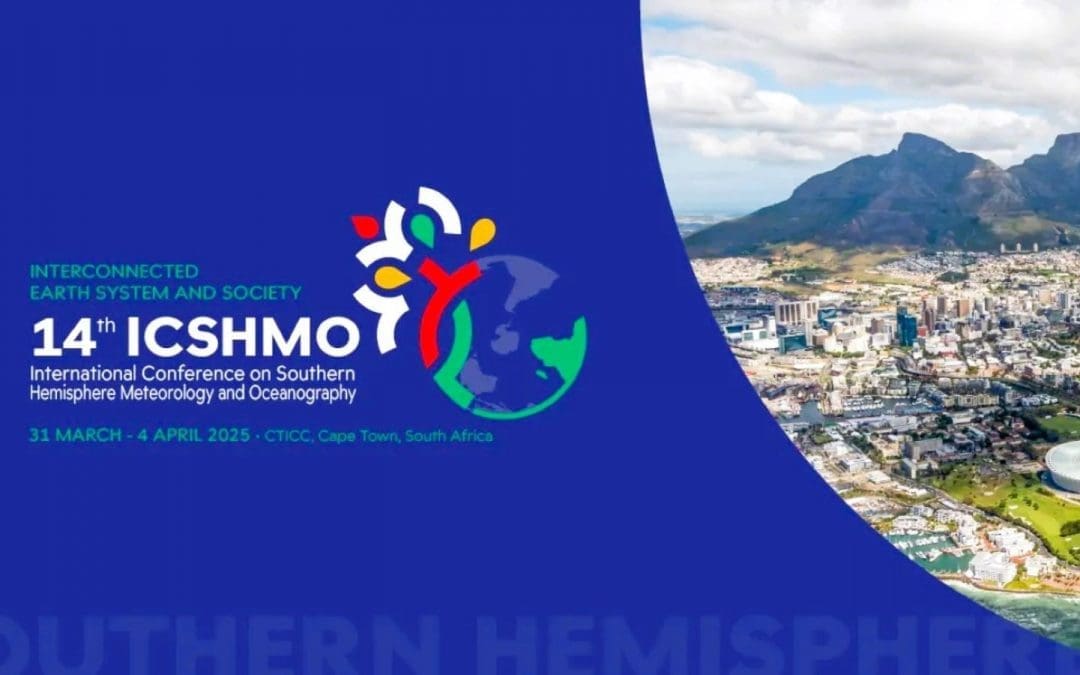
 Wayne de Jager – Increased Rotational Coupling Between Antarctic Sea Ice and the Atmosphere Over the Last 30 Years
Wayne de Jager – Increased Rotational Coupling Between Antarctic Sea Ice and the Atmosphere Over the Last 30 Years


 The second session within the
The second session within the  Above (l-r): Tesha Toolsee, Tommy Ryan-Keogh, Thapelo Ramalepe, Thato Mtshali.
Above (l-r): Tesha Toolsee, Tommy Ryan-Keogh, Thapelo Ramalepe, Thato Mtshali. Above(l-r): Sifiso Mpapane, Miranda Sitofile, Lillina Ruiters
Above(l-r): Sifiso Mpapane, Miranda Sitofile, Lillina Ruiters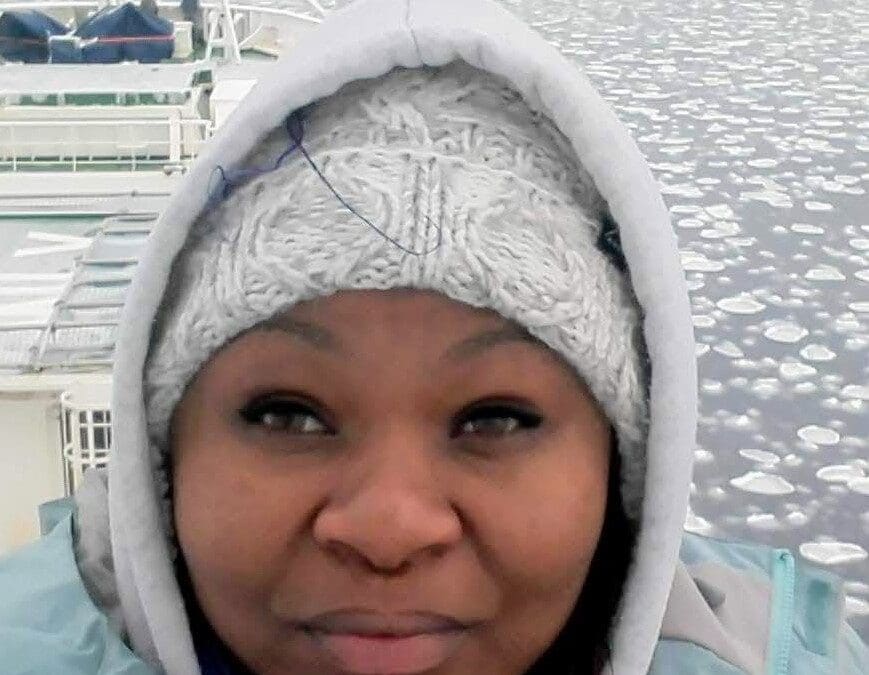
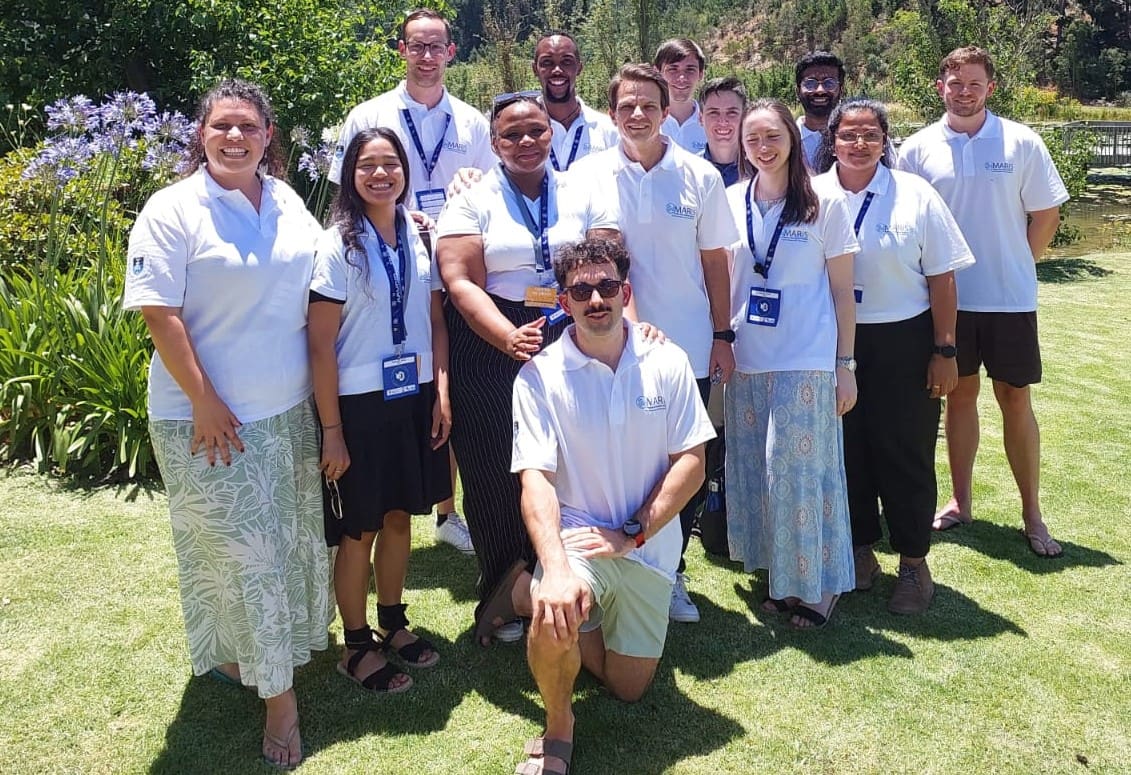 MARIS started the first session on Southern Ocean research within SANAP with focus on SEA ICE. Above: Rutger Marquart, Magata Mangatane, Dylan White, Anand Nair, Wayne de Jager, Leila Nefdt, Safiyyah Moos, Tokoloho Rampai, Marcello Vichi, Robyn Verrinder, Hayley Swait, Riesna Audh, James van Niekerk. (Photo Credit: MARIS)
MARIS started the first session on Southern Ocean research within SANAP with focus on SEA ICE. Above: Rutger Marquart, Magata Mangatane, Dylan White, Anand Nair, Wayne de Jager, Leila Nefdt, Safiyyah Moos, Tokoloho Rampai, Marcello Vichi, Robyn Verrinder, Hayley Swait, Riesna Audh, James van Niekerk. (Photo Credit: MARIS)

 Oral presentations:
Oral presentations: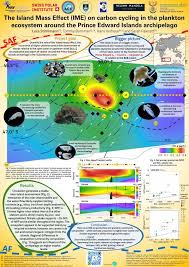 Poster Presentations were displayed in the venue during the symposium and presenters gave a quick introduction to their posters during the round-table session.
Poster Presentations were displayed in the venue during the symposium and presenters gave a quick introduction to their posters during the round-table session.
